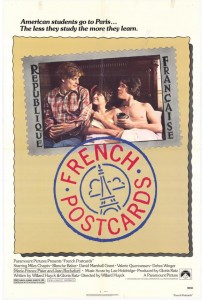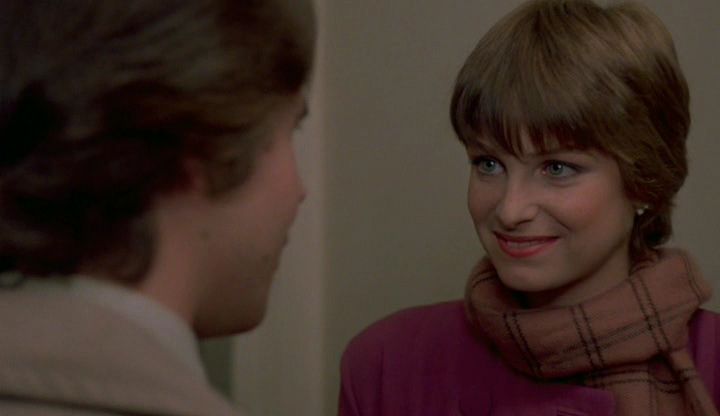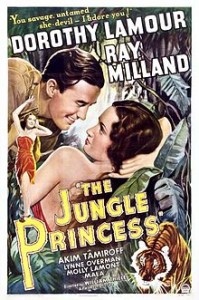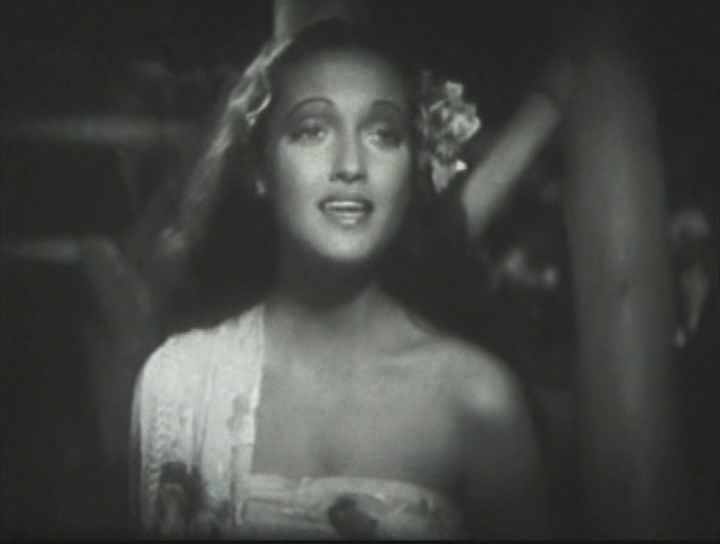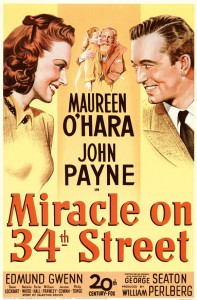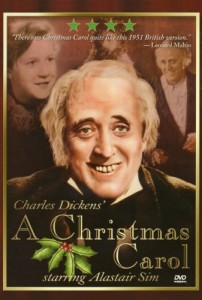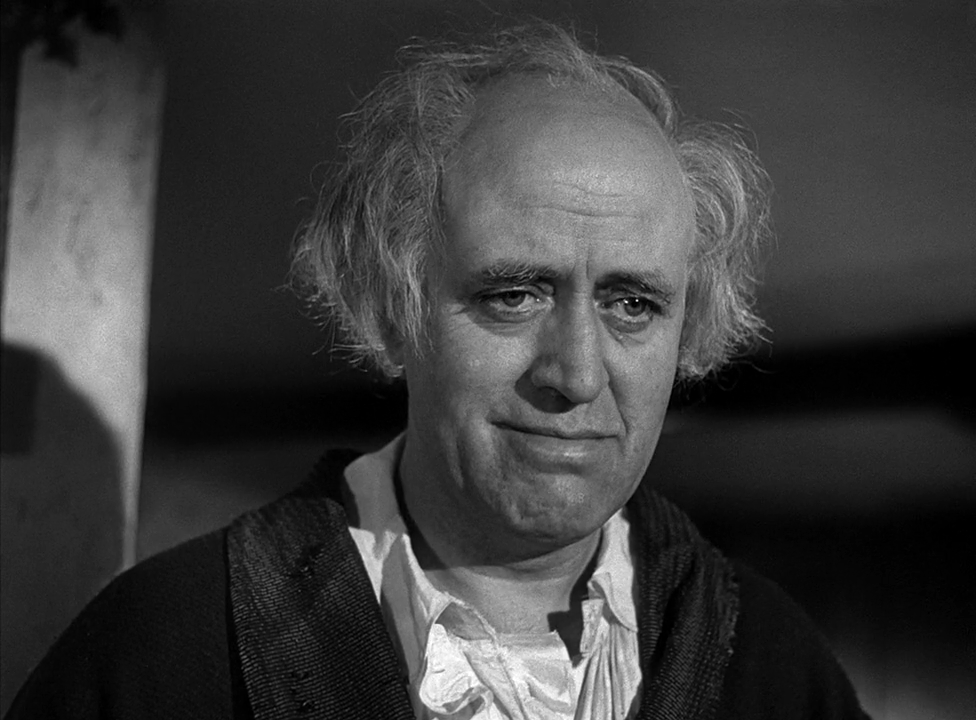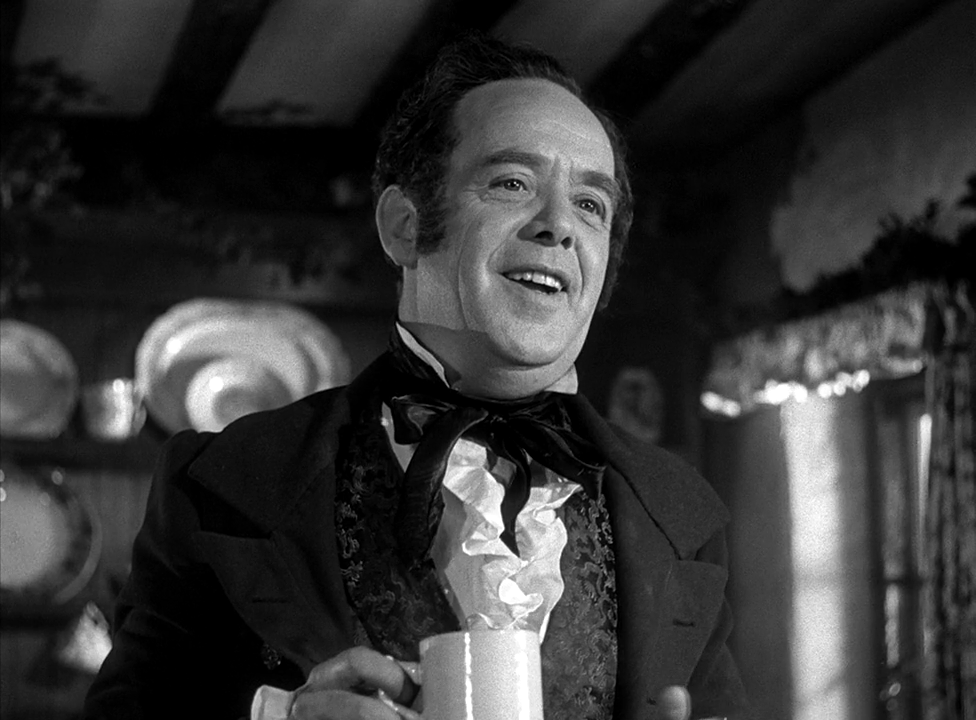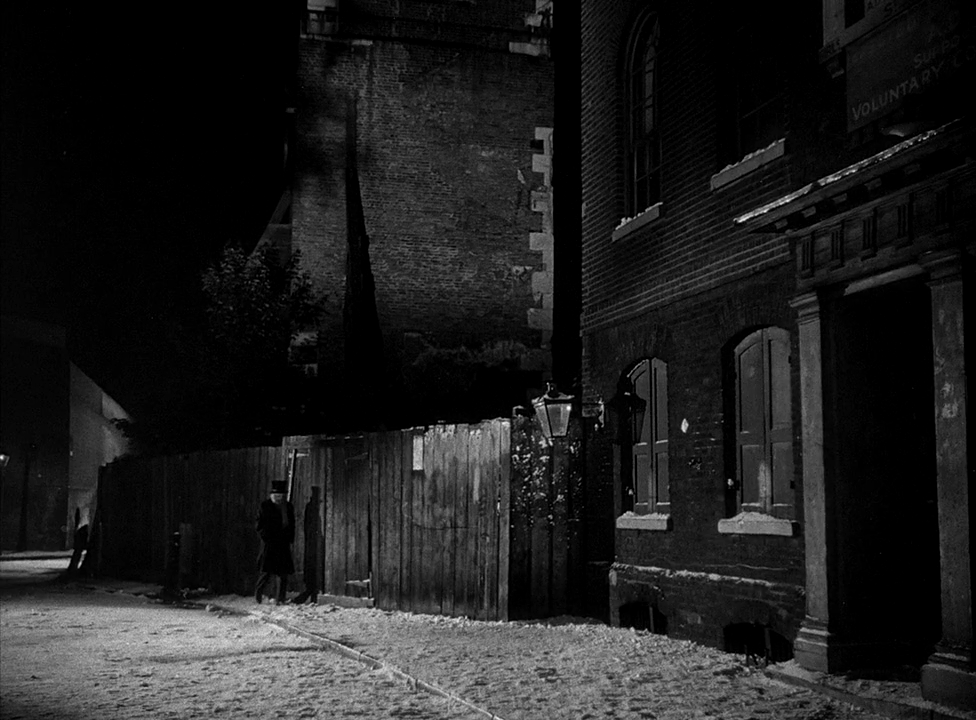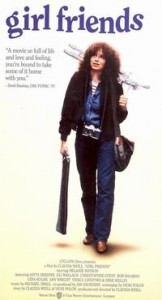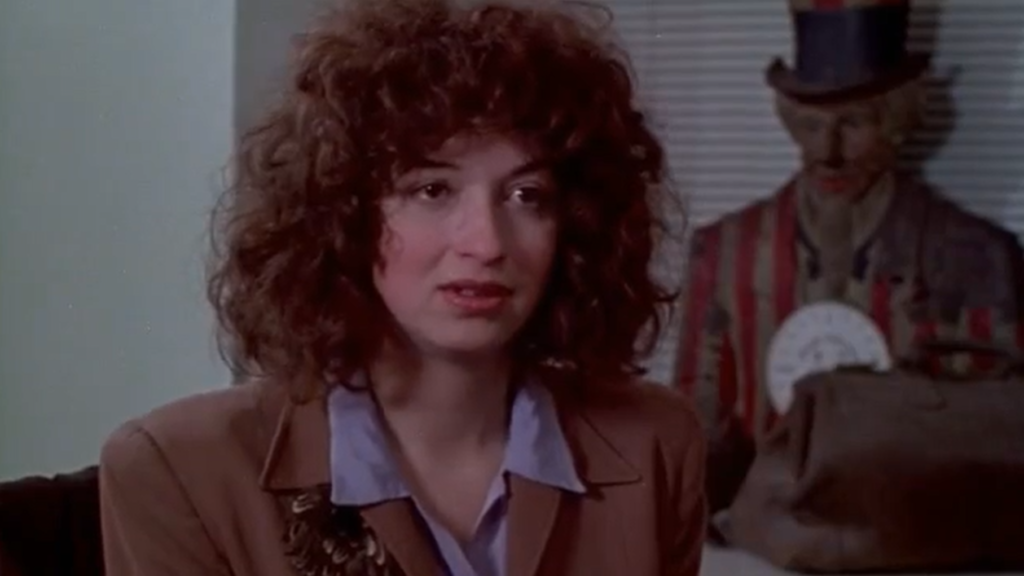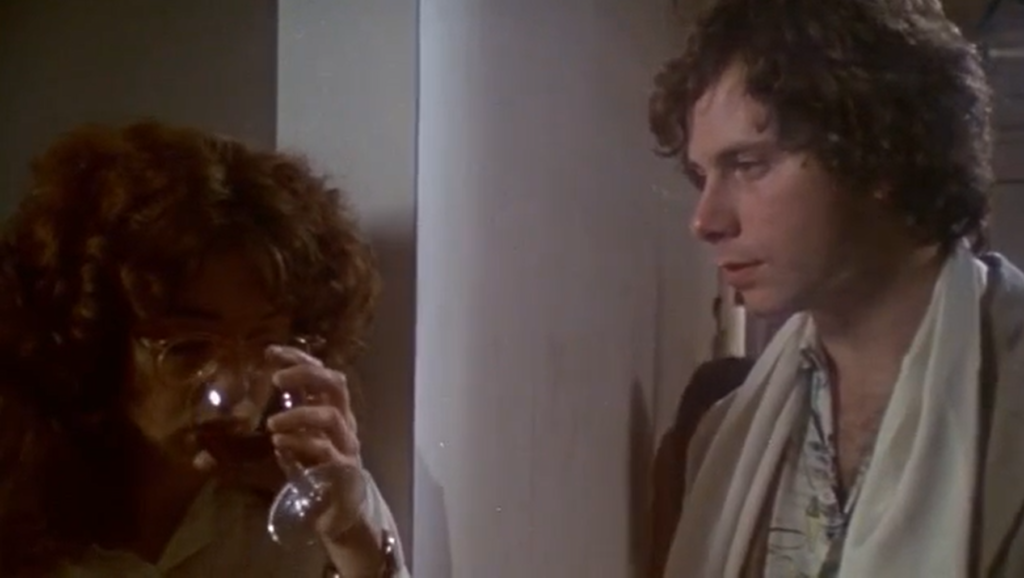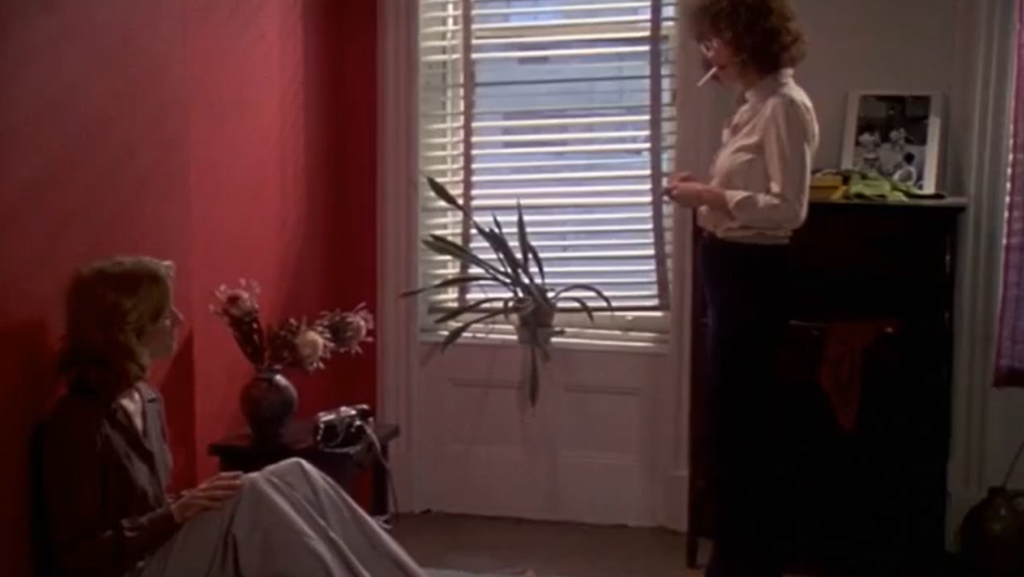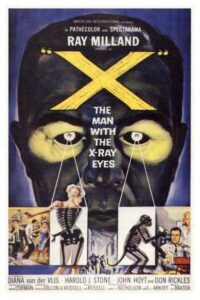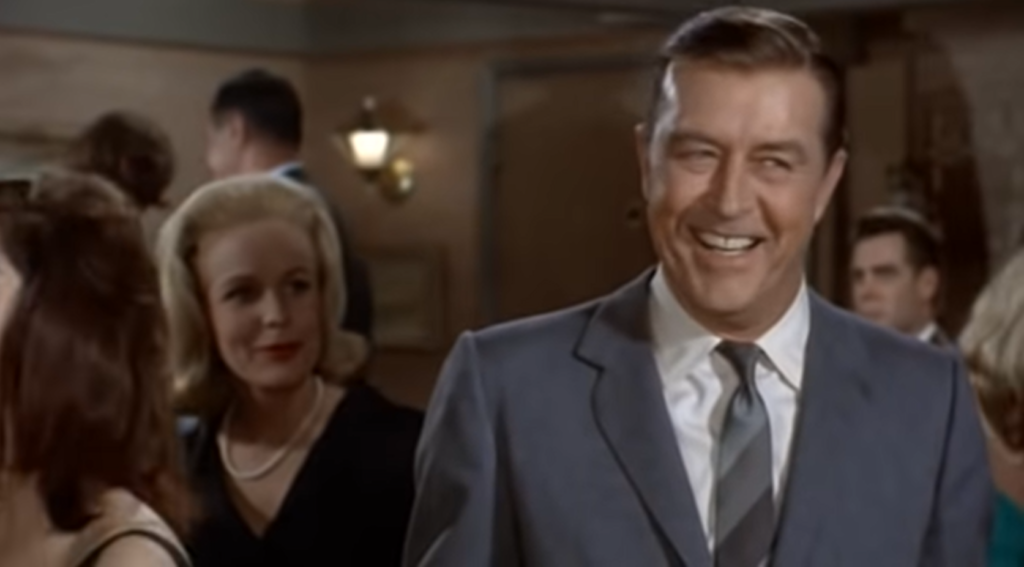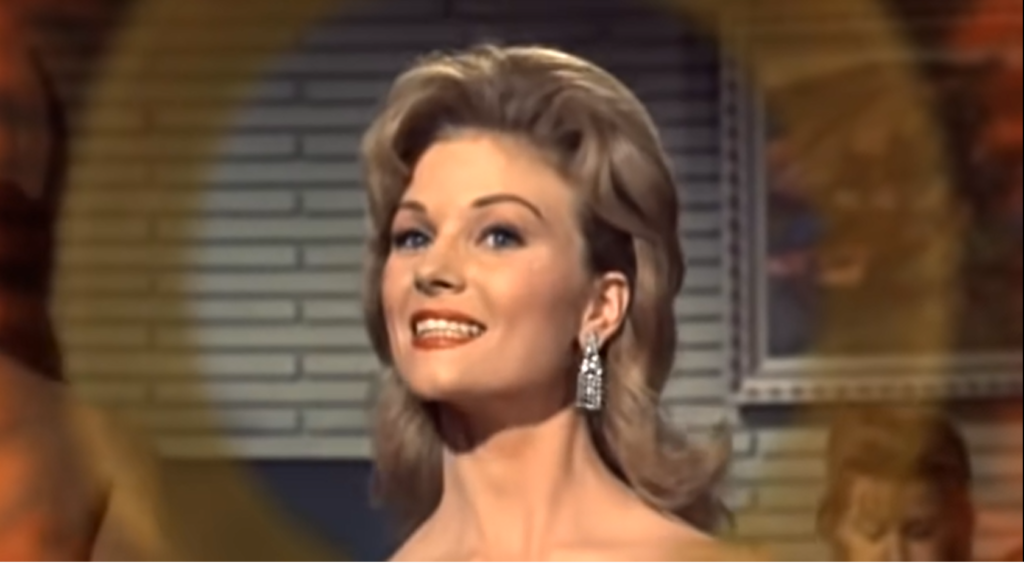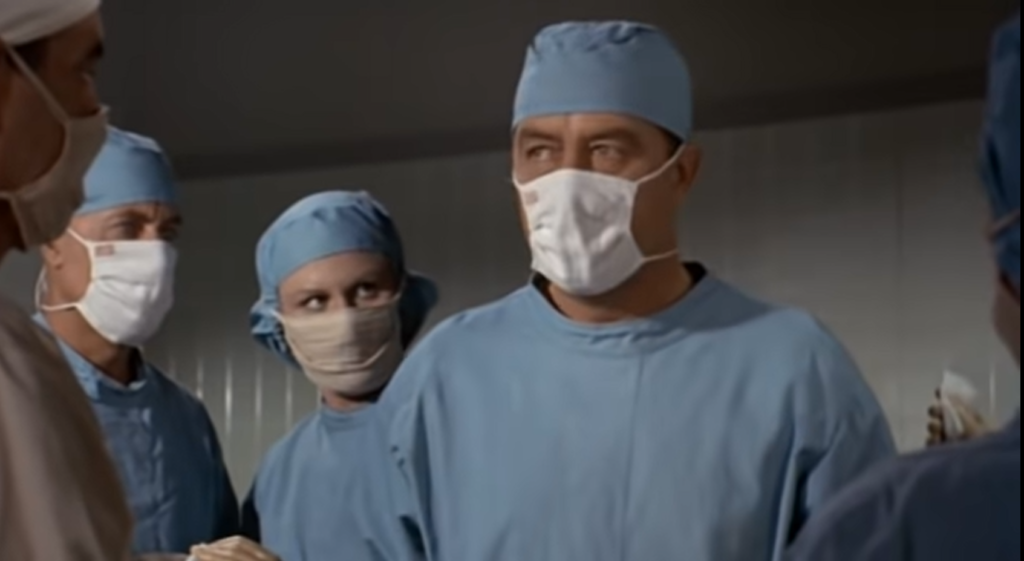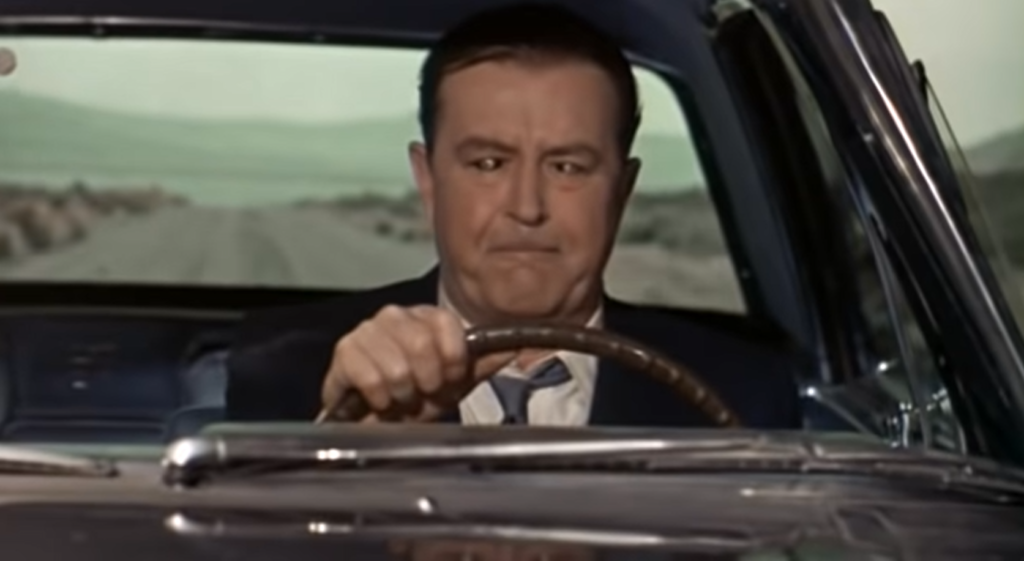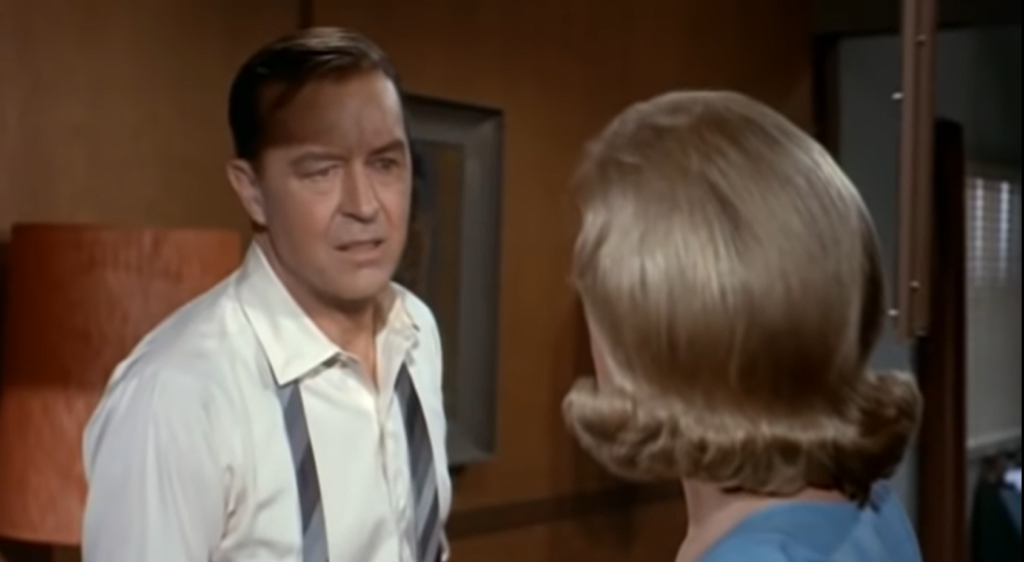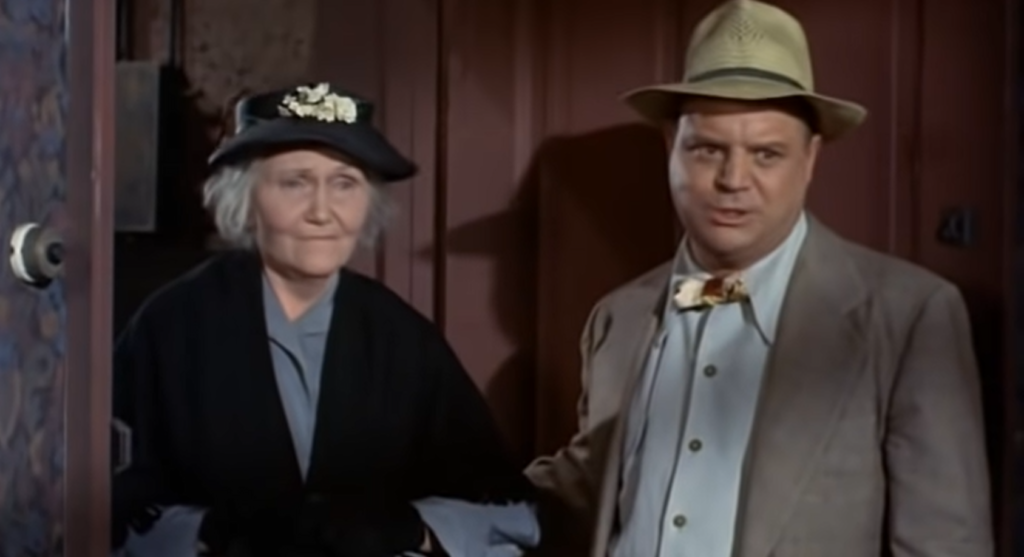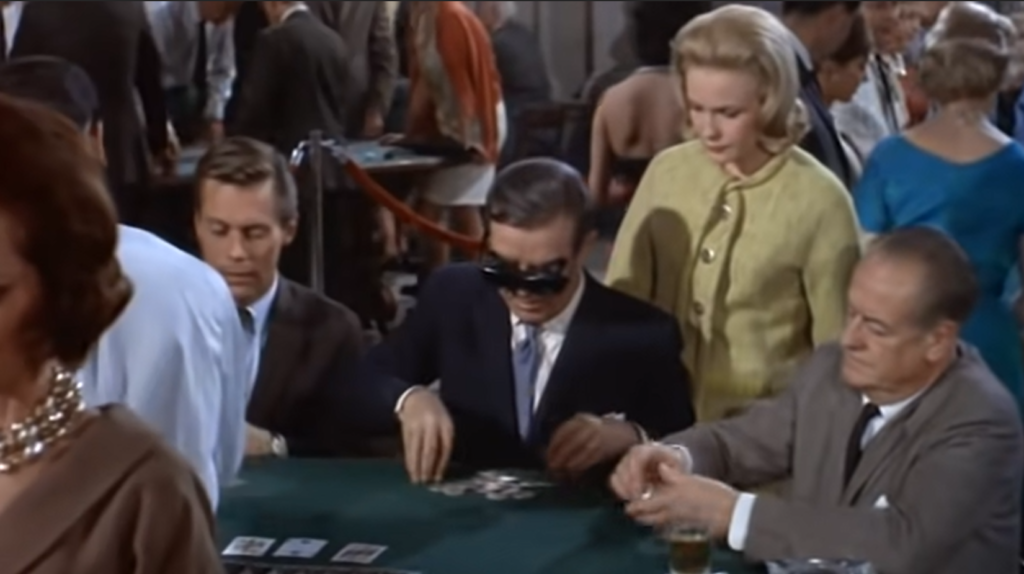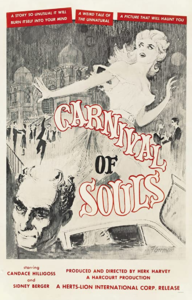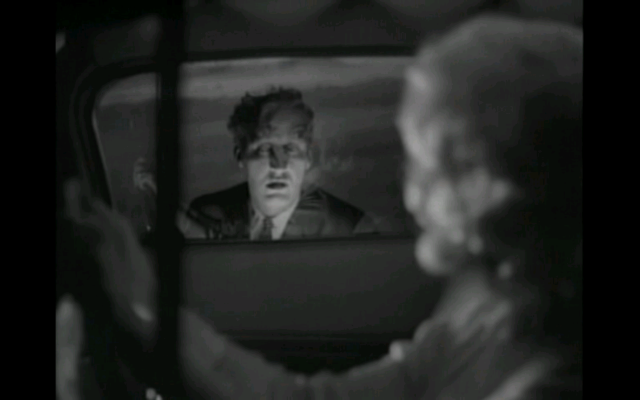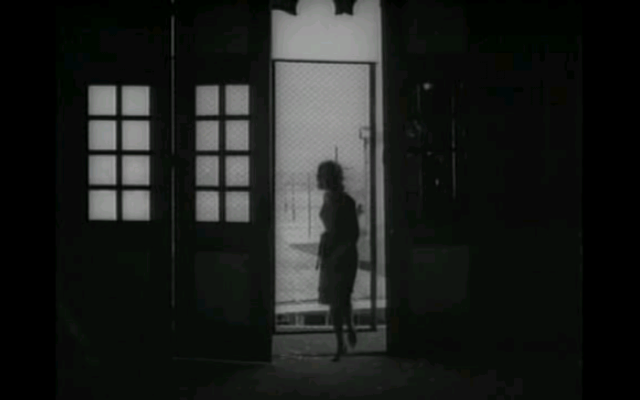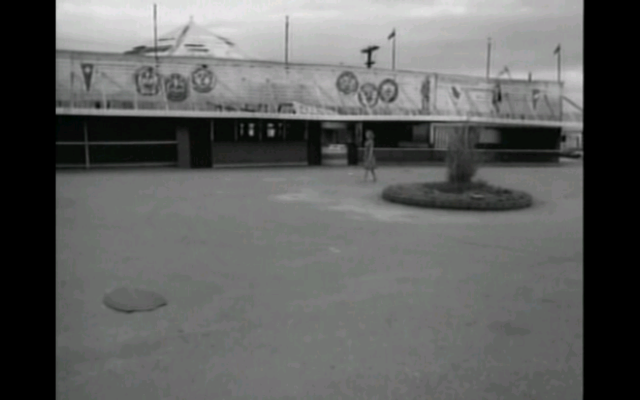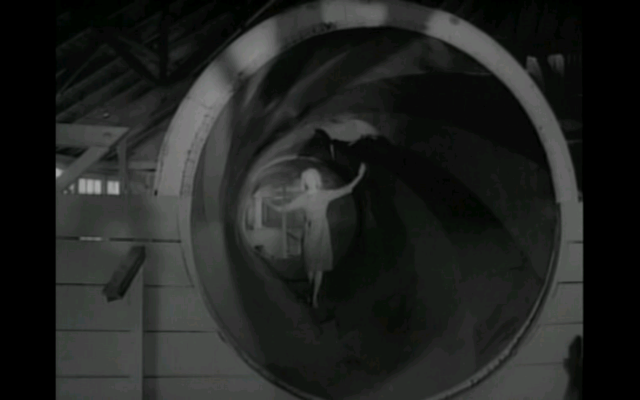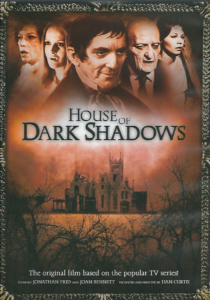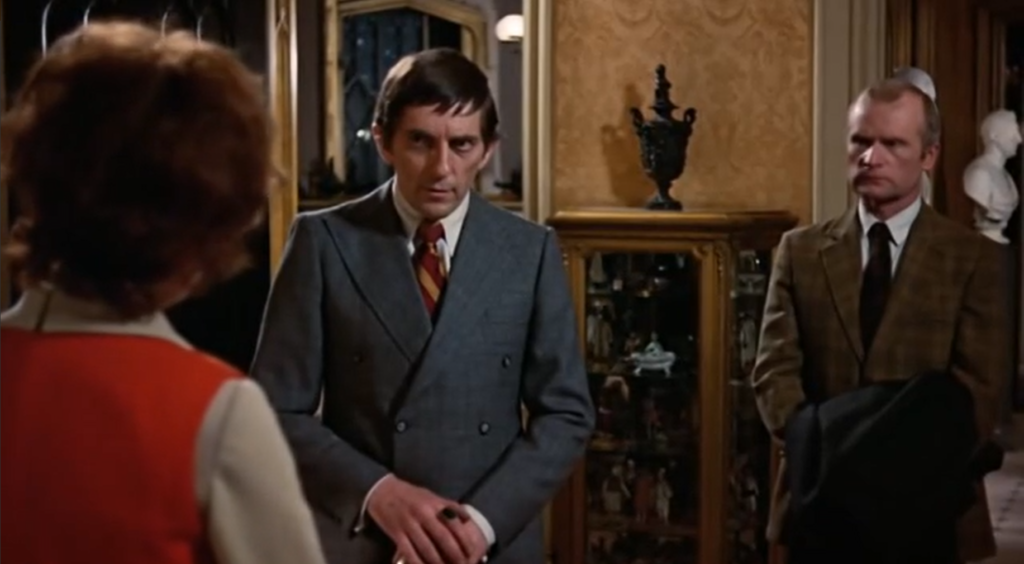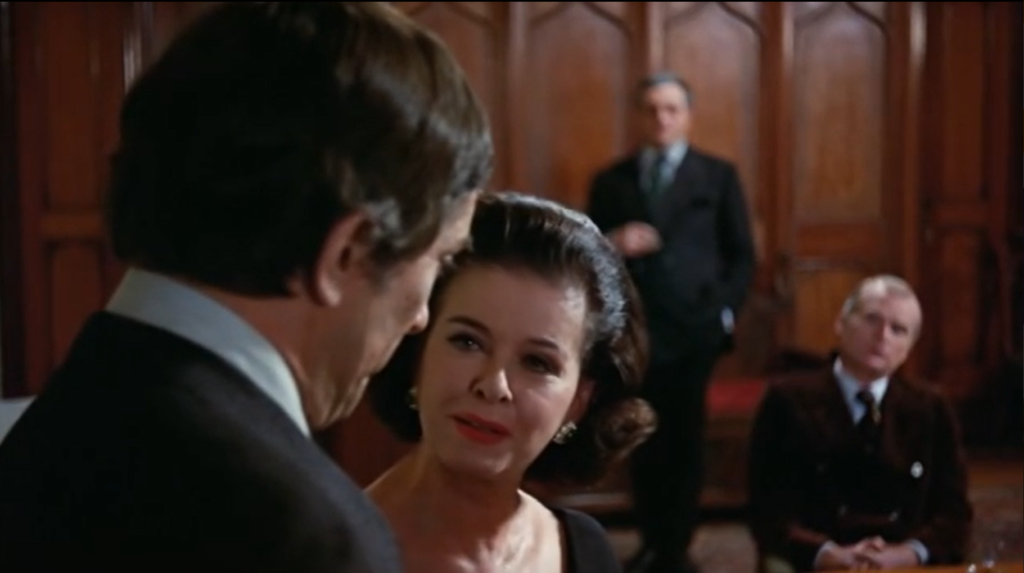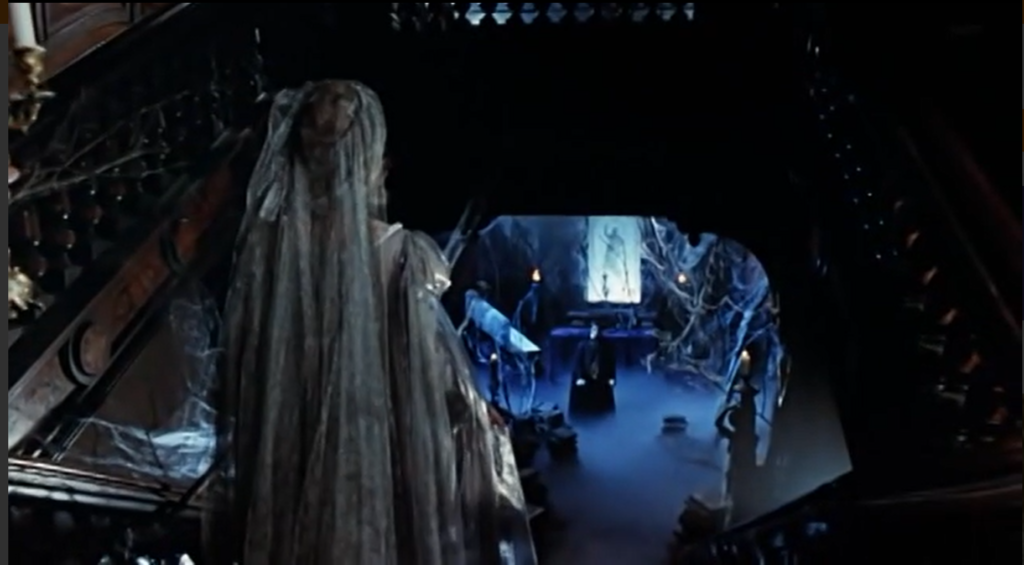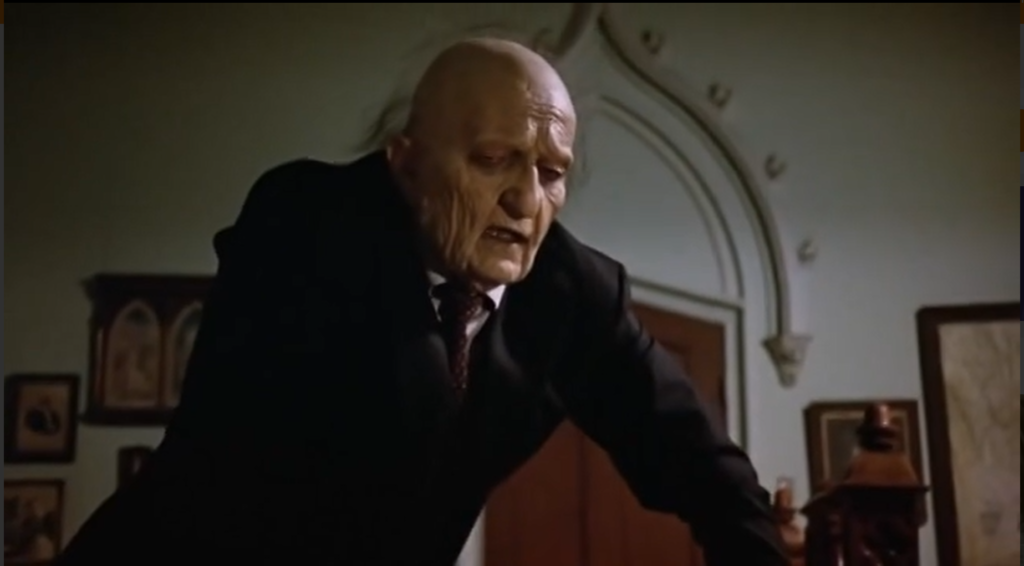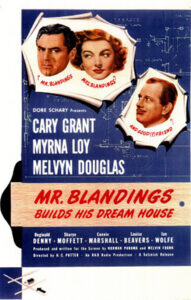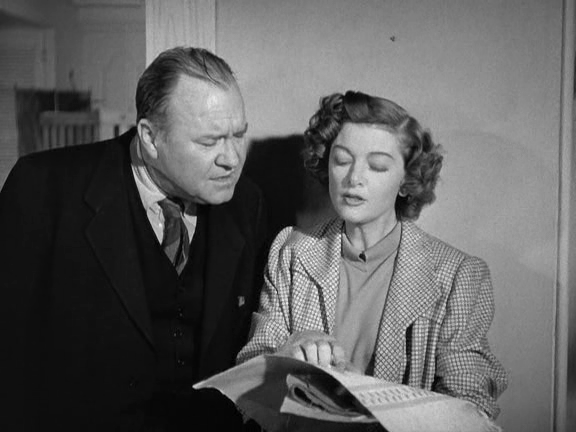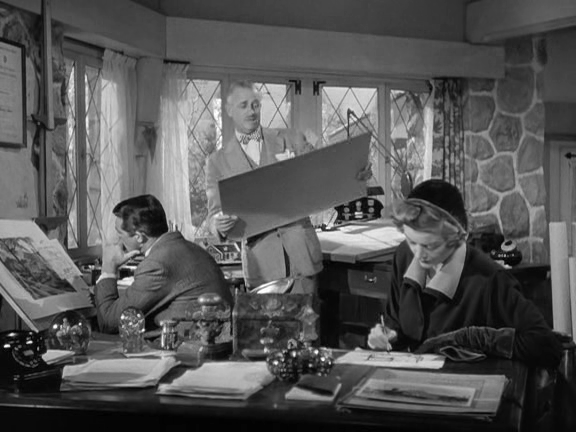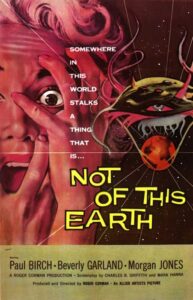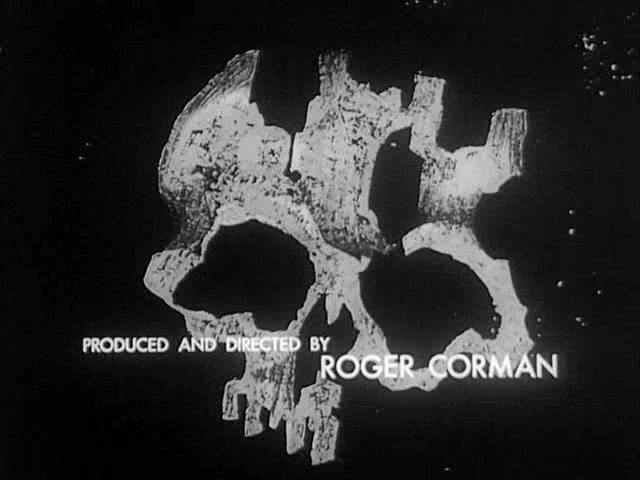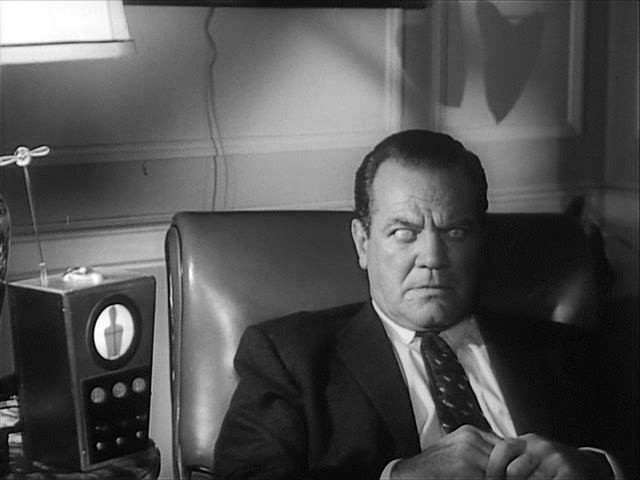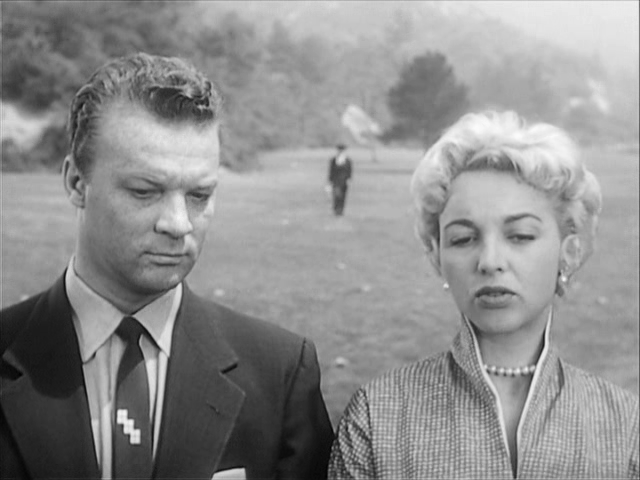|
Genres, Themes, Actors, and Directors:
- Christmas
- Courtroom Drama
- Do-Gooders
- Edmund Gwenn Films
- Fantasy
- John Payne Films
- Maureen O’Hara Films
- Mental Illness
- Natalie Wood Films
- Thelma Ritter Films
Response to Peary’s Review:
Peary lauds this heartwarming family favorite as a “marvelous adaptation of Valentine Davies’s [short story],” noting that it’s appropriate “for children and adults (who will better appreciate the social satire) — every Christmas season”. He accurately notes that the film possesses “excellent acting down to the smallest parts”, as well as “off-beat humor, sharp satire, tremendous warmth, and scenes that will have you choking up”. He argues that George Seaton’s “intelligent, skillfully plotted Oscar-winning” screenplay “zeroes in on the American character”, given that the film’s characters have “become so ambitious in their careers, [so] power-hungry, and [so] interested in money, that they have suppressed their finer values” — just in time for Kris Kringle to show up and put “life in perspective” for them.
Indeed, the film’s Christmas-time setting is apt, given that this is when the “good-versus-greedy battle within each person” is especially evident — as epitomized by the scene involving Thelma Ritter’s harried mother, whose son wishes for a certain toy she can’t find anywhere (the more things change, the more they stay the same!); it’s up to Kringle to manifest the true spirit of Christmas by breaking allegiance with Macy’s and telling her precisely where she can go to find one. Of course, one could argue that Kringle’s brilliant “marketing scheme” — co-opted immediately by all of Macy’s significant rivals — merely perpetuates the commercialism so rampant during the holidays. Yet tapping into the power of the “Christmas spirit” is also shown to signify a potentially deeper change of heart: for Maureen O’Hara (Susan’s mom, a cynical divorcee), it means opening herself up to both new romance (with suitor John Payne) and a life outside of the corporate ladder; for Wood, it means learning how to fantasize, dream, and “make-believe” for the first time in her young life.
Part of the film’s success lies in the fact that we (especially adult viewers) never really know how much of the story is fantasy versus a manifestation of Kringle’s highly creative take on reality. As a result, we’re left to wonder — is Kringle “really” Santa Claus? And if so, what does that mean, pragmatically speaking? Why would Santa be living in a halfway home in New York, rather than at the North Pole? The mere fact that we’re led to contemplate these questions, however, speaks to the strength and veracity of Seaton’s screenplay — and of the stellar performances given throughout. O’Hara and Payne are well-cast in critical supporting roles, and the entire ensemble cast provides “splendid characterizations”, with “no one play[ing] their parts tongue-in-cheek”. Gwenn, of course, is notoriously “perfect” as Santa (Peary opens his review by stating, “Yes, Virginia, there is a Santa Claus and, using Edmund Gwenn’s SAG card, he gave a convincing performance as himself”). Perhaps most impressive, however, is Natalie Wood, who gives one of the single best child performances ever — watch how convincingly she portrays young Susan as alternately cynical, hopeful, playful, dejected, and overjoyed.
Redeeming Qualities and Moments:
- Natalie Wood as Susan
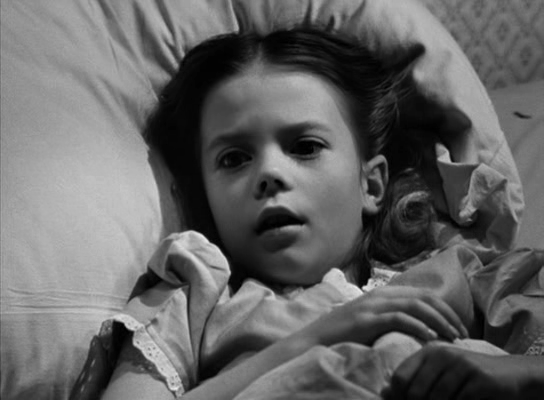
- Edmund Gwenn as Kris Kringle (nominated by Peary as Best Actor of the Year, rather than Best Supporting Actor, in his Alternate Oscars book)
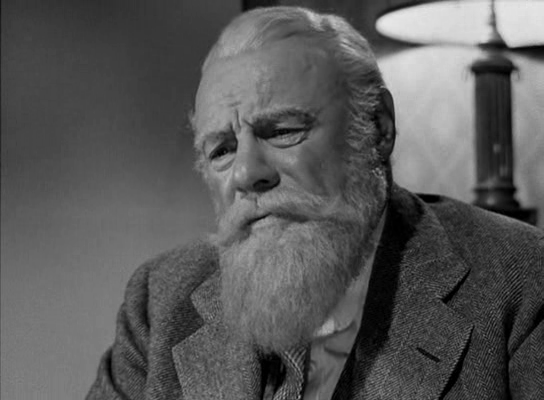
- Maureen O’Hara as Susan’s mother

- John Payne as Fred Gailey
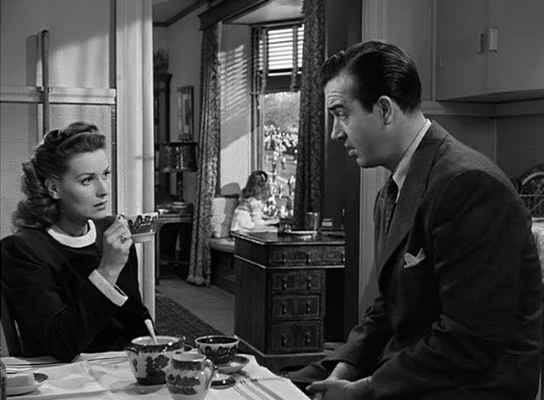
- Fine supporting performances by the entire cast
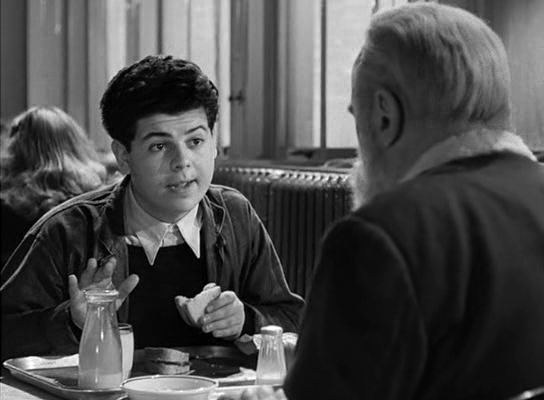
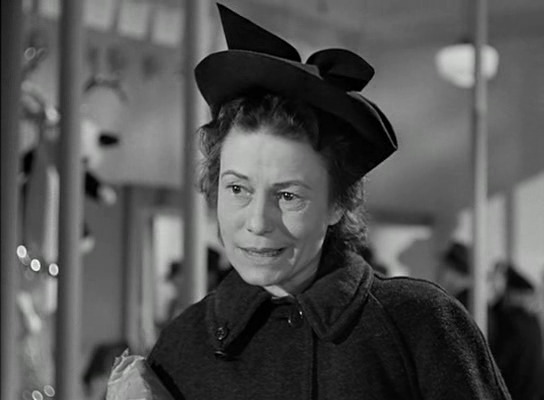
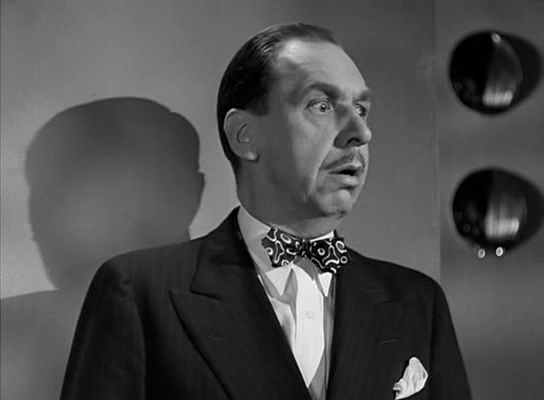
- George Seaton’s heartwarming script
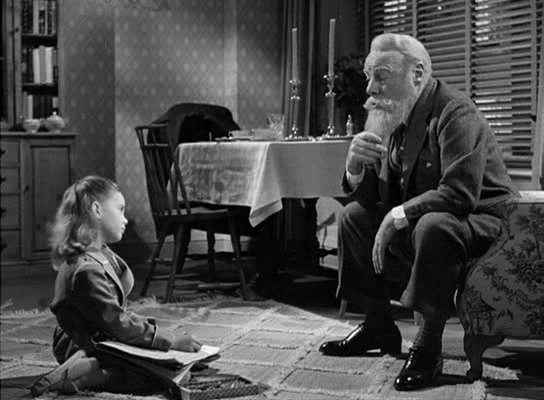
Must See?
Yes, naturally, as an enduring classic. Nominated by Peary as one of the Best Pictures of the Year in his Alternate Oscars.
Categories
- Cult Movie
- Genuine Classic
Links:
|
